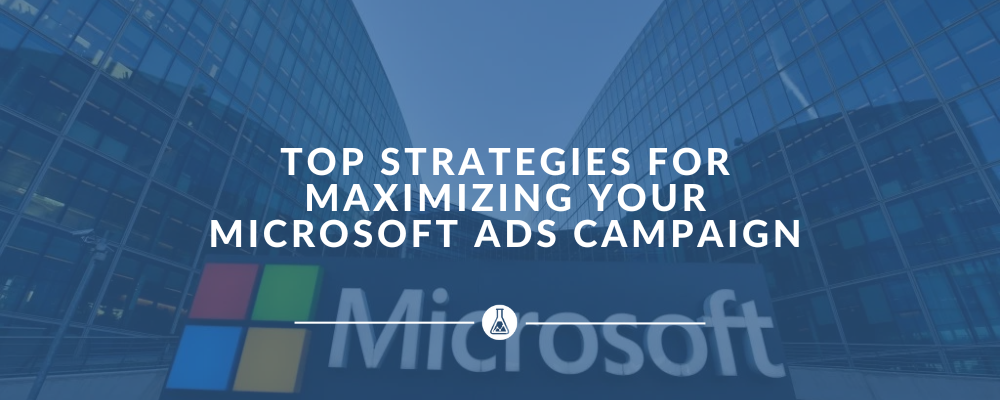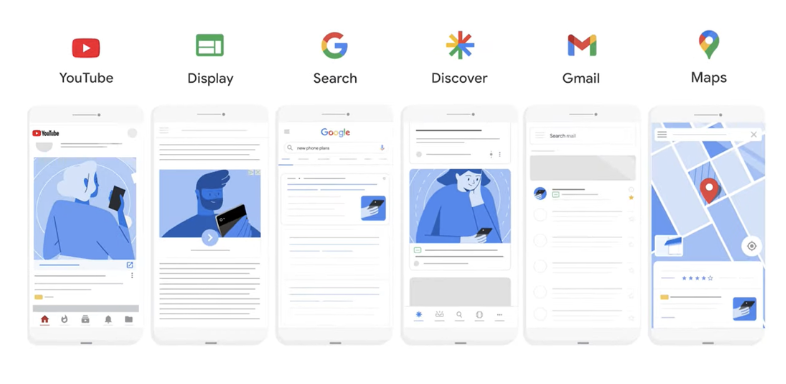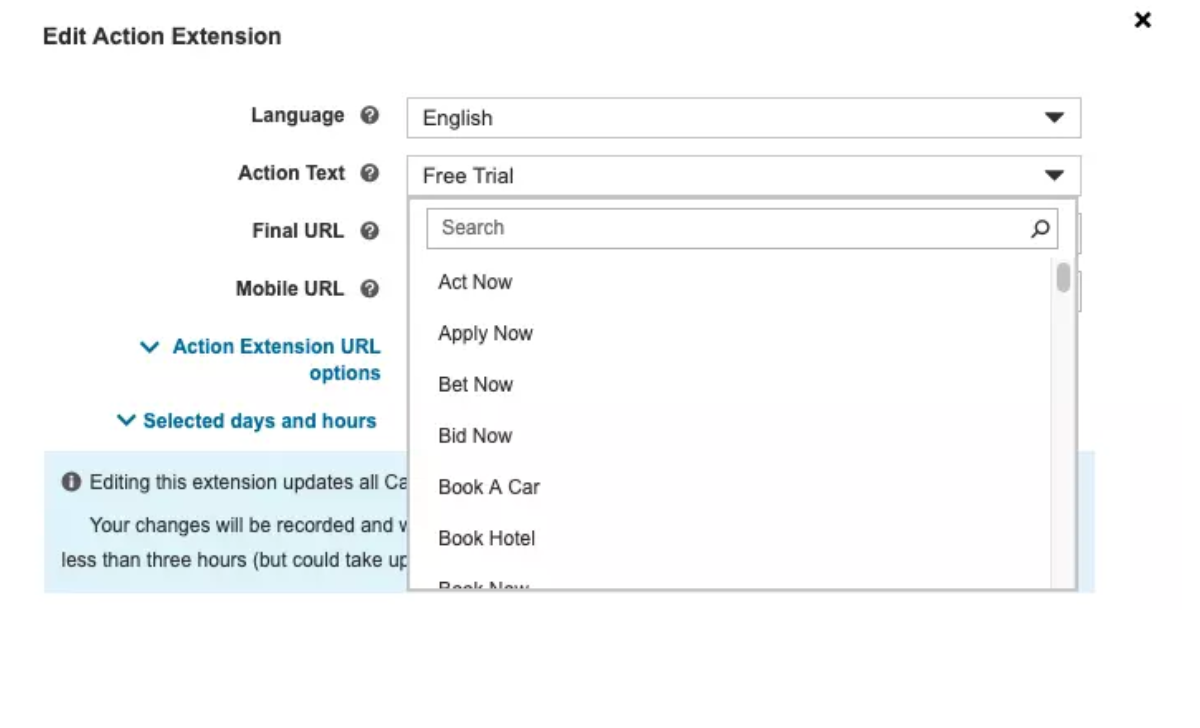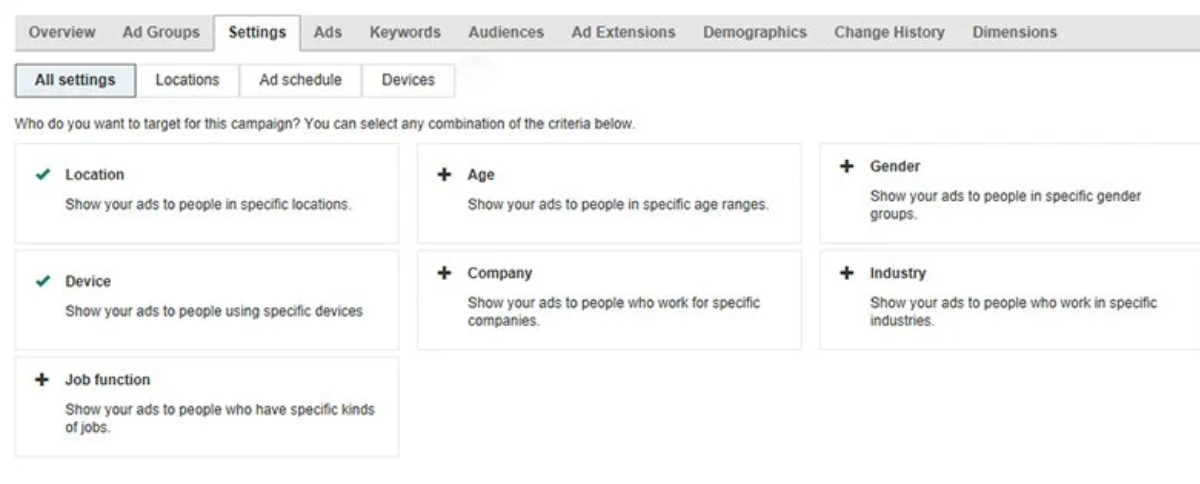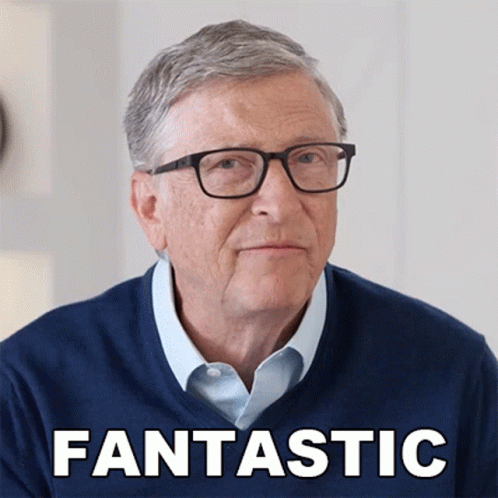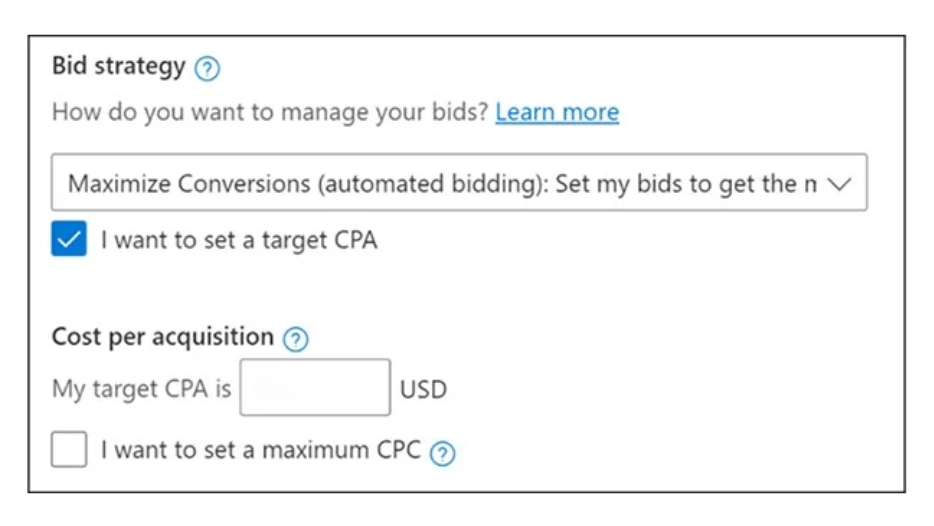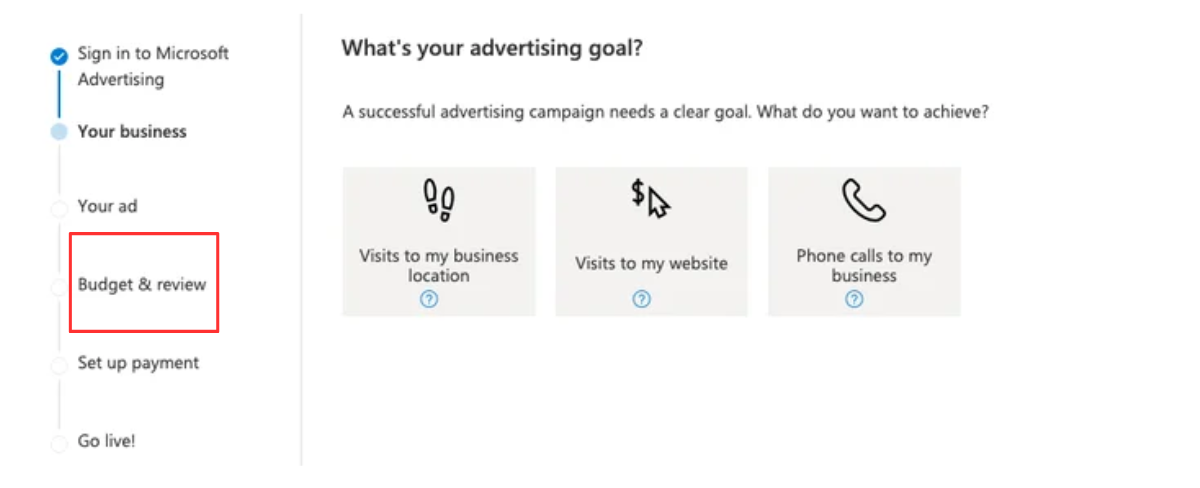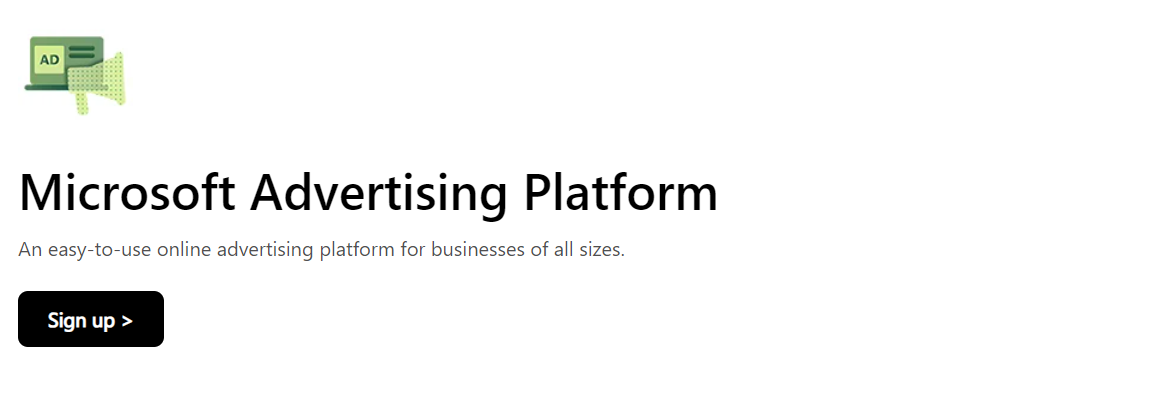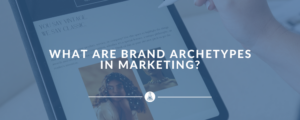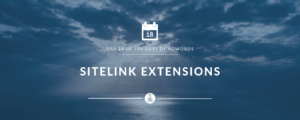Microsoft Ads, formerly Bing Ads, is a key tool for digital marketers looking to enhance their advertising efforts. Ready to boost traffic, generate leads, and increase sales?
This article covers the essential strategies and features for optimizing your Microsoft Ads campaigns.
Table of Contents
Key Features of Microsoft Ads
Microsoft Advertising, formerly bing ads, is a powerhouse for digital marketers looking to create impactful advertising campaigns. It integrates generative artificial intelligence (AI) to enhance campaign creation and effectiveness, making it easier than ever to develop compelling ads. This AI can generate recommendations for headlines and descriptions, promoting efficient ad creation and ensuring your ads are always optimized.
One of the standout features is the automated generation of ad assets for responsive search ads. This dynamic content creation increases efficiency by tailoring ads at the time of serving, ensuring they are always relevant to the user’s search terms. Performance Max campaigns can be initiated during account creation, allowing ads to reach the entire Microsoft Advertising Network from the get-go.
Microsoft Advertising also provides robust tools for monitoring campaign performance. Advertisers can visualize and compare metrics easily, update status, budgets, and bids swiftly, and ensure their ads are displayed in brand-safe environments.
These features collectively make Microsoft Ads a versatile and powerful tool for any digital marketer.
Experiments Functionality
Experiments functionality in Microsoft Ads allows advertisers to test various elements of their campaigns, such as keywords, bids, and timing.
This testing is crucial for optimizing performance and improving return on investment. A/B tests allow advertisers to compare ad variations and identify the most effective ones, resulting in more successful campaigns.
Leveraging data from these experiments helps advertisers make informed decisions about their strategies. Optimizing keywords and adjusting bids based on test results can greatly improve campaign effectiveness and ROI.
This data-driven approach ensures that your ad spend is used as efficiently as possible, maximizing the impact of each campaign.
Ad Customizers
Ad customizers in Microsoft Advertising allow for dynamic ad creation, tailoring ads to specific audience segments. This personalization makes campaigns more relevant and engaging, which can lead to higher conversion rates. By leveraging audience-specific targeting options, advertisers can reach their ideal customers more effectively.
These tools enable marketers to personalize their advertising approach, ensuring that each ad resonates with its intended audience. This level of customization can significantly improve engagement and conversion rates, making your advertising campaigns more successful.
Whether targeting different demographics or specific user behaviors, ad customizers provide the flexibility needed to optimize performance.
Prominence Metrics
Prominence metrics are essential for tracking ad positions in Microsoft Ads. These metrics help advertisers understand where their ads appear on the search engine results page, allowing them to optimize bids and improve visibility.
Focusing on prominence metrics helps advertisers refine bid strategies, ensuring ads reach the right audience at the right time.
Optimizing bids according to these metrics can lead to better visibility and engagement, ultimately improving the overall performance of your advertising campaigns.
Leveraging LinkedIn Data for Precise Targeting
One of the unique advantages of Microsoft Advertising is its integration with LinkedIn Profile Targeting and the above mentioned features allow advertisers to focus on business influencers and decision-makers, leading to higher click-through rates and improved conversion rates. With access to over 750 million LinkedIn members, including 10 million C-level executives, advertisers can target a broad yet specific audience.
Using LinkedIn’s member-generated demographic data, advertisers can target campaigns based on company, job function, and industry.
This precise targeting revolutionizes B2B advertising, allowing marketers to reach up to 1,000 companies per campaign and create multiple ad groups for broader targeting.
Additionally, the introduction of Predictive Targeting leverages Microsoft’s audience intelligence to find new audiences likely to convert, further enhancing campaign effectiveness.
Enhancing Campaigns with Video Extensions
Incorporating video extensions into your Microsoft Advertising campaigns can significantly boost click-through rates (CTR).
Video extensions provide additional visual appeal, making ads more engaging for potential customers. This added engagement can lead to higher visibility on the search engine results page, as ads with video extensions occupy more space.
Moreover, video extensions help pre-qualify leads by showcasing products or services in action, giving potential customers a better understanding of what you offer.
The combination of increased engagement and enhanced visibility leads to improved overall campaign performance, making video extensions a valuable addition to your advertising strategy.
Comparing Microsoft Ads to Google Ads
When comparing Microsoft Ads to Google Ads, several factors come into play.
Microsoft Ads, the second-largest search engine globally, reaches over 724 million unique searchers each month. While Google’s user base is larger, Microsoft Ads offers unique advantages that can make it a more effective platform for certain advertisers. For instance, many users have found that Microsoft Ads’ performance metrics, such as Cost Per Acquisition, conversions, and clicks, are highly favorable in a google search context.
One user reported that after switching from Google Ads to Bing, they started getting clicks and calls immediately and saw a direct impact on their revenue. Another noted that the Bing Ads platform works very smoothly compared to previous experiences with Google Ads.
Despite some users describing the Microsoft Ads dashboard as less user-friendly, its effectiveness in driving business growth cannot be overlooked.
Lower CPCs and Higher Returns on Ad Spend
Microsoft Ads often offers lower cost-per-click (CPC) rates compared to Google Ads, particularly in less competitive industries. This lower CPC can lead to higher returns on ad spend (ROAS), as advertisers can achieve more with their budgets. By incorporating effective ad strategies, such as using video in ads, advertisers can further optimize their CPC and enhance engagement.
For many advertisers, the combination of lower CPCs and higher engagement makes Microsoft Ads a cost-effective alternative to Google Ads.
This efficiency in ad spending allows businesses to maximize their marketing budgets and achieve better financial outcomes from their campaigns.
Audience Demographics
The audience demographics of Microsoft Ads users tend to be older and have higher income levels compared to Google Ads users. This demographic skews towards individuals aged 35 and above, providing advertisers with an opportunity to target consumers with greater purchasing power.
By focusing on this older, more affluent audience, advertisers can tailor their campaigns to appeal to high-purchasing-power consumers.
This demographic insight is invaluable for businesses looking to reach potential customers who are more likely to make significant purchases.
Market Share and Reach
While Microsoft Ads has a smaller market share compared to Google, it still offers substantial reach, particularly through the Bing Network. This network includes desktop, mobile, and tablet traffic, allowing advertisers to reach a diverse audience across different devices.
Unique targeting options like LinkedIn data integration can address visibility challenges and enhance campaign effectiveness.
By focusing on strategies that increase audience reach, advertisers can maximize the performance and outcomes of their Microsoft Ads campaigns.
Effective Strategies
Effective budget management is crucial for maximizing the impact of your Microsoft Ads campaigns.
Microsoft Advertising typically offers cost-per-click rates that are about 36% lower than those of Google Ads, especially in less competitive industries. Lower CPC enables advertisers to maximize their budgets, making Microsoft Ads a cost-effective choice.
Establishing a daily budget and selecting a bid strategy are crucial steps in setting up a campaign.
Conversion tracking must be configured to ensure your chosen bid strategy functions effectively. Microsoft provides tools to manage campaigns and meet business goals, ensuring that your ad spend is optimized for maximum impact.
No Minimum Fee
Microsoft Ads operates under a no minimum fee policy, allowing advertisers of all sizes to participate.
This policy means that advertisers can set their budgets according to their specific needs without the pressure of meeting a baseline expenditure. This flexibility encourages small businesses and startups to test advertising without significant financial commitment, fostering a more inclusive advertising environment.
Pay Per Click Model
The payment model for Microsoft Ads is a pay-per-click (PPC advertising) model.
This model ensures that advertisers only pay when their paid ads are clicked, making it a cost-effective way to manage advertising budgets and achieve desired outcomes.
By focusing on PPC and paid search advertising, advertisers can effectively control their ad spend and maximize their return on investment.
Daily Budget Management
Advertisers can establish and modify their daily budget limits within Microsoft Ads to control spending. Users can monitor their daily budgets and spending trends through an intuitive dashboard in Budget Center.
Daily budgets can be adjusted at any time, and changes typically take effect within an hour, providing flexibility in budget management.
Utilizing Microsoft’s automation features can help manage daily budgets by continuously adjusting placements and bids based on performance data. With shared budgets, a single daily budget can be distributed across multiple campaigns within the same account, ensuring efficient allocation of resources.
Step-by-Step Guide to Launching a Microsoft Ads Campaign
Launching a Microsoft Ads campaign is a straightforward process that begins with creating an account.
To start, sign in with an existing or new Microsoft account email address and provide your business details, including legal name, phone number, and location during the setup. This initial setup ensures that your account is properly configured to manage your campaigns effectively.
Once your account is created, the next step is to design your campaign.
Specify your target audience based on location and ad placements, and craft compelling ad content. Microsoft Advertising offers various tools to help you manage and optimize your campaigns, from automated budget optimization to performance tracking.
It’s essential to review and edit your campaign settings regularly to align with your budgetary goals and maximize performance.
Before your ads go live, they must pass an editorial review to ensure compliance with Microsoft Advertising policies. This review process helps maintain the quality and relevance of ads on the platform, ensuring a positive user experience.
Following these steps ensures a successful Microsoft Ads campaign that targets the right audience and meets your advertising objectives.
What’s New in Microsoft Ads
Microsoft Advertising continuously evolves to provide advertisers with the latest tools and features.
One of the recent updates includes the Budget Center, which offers real-time insights on campaign spending and suggestions for optimization. This feature helps advertisers manage their budgets more effectively by providing recommendations for maximizing account performance and alerts for potential spending issues.
Another significant update is the support for Simplified Chinese, expanding the platform’s accessibility and usability for more advertisers. This addition allows Chinese-speaking advertisers to use Microsoft Ads more easily, enhancing their ability to reach a broader audience.
Summary
In conclusion, Microsoft Advertising offers a wealth of features and tools that make it a powerful platform for digital marketers. From leveraging AI for ad creation to utilizing LinkedIn data for precise targeting, Microsoft Ads provides unique advantages that can significantly enhance your advertising efforts. Video extensions, effective budget management strategies, and the ability to reach a high-purchasing-power demographic further contribute to the platform’s effectiveness.
By understanding and utilizing these features, advertisers can maximize their ad spend and achieve outstanding results. Whether you are a small business or a large enterprise, Microsoft Ads offers the flexibility and tools needed to drive growth and success in your advertising campaigns.
Start exploring the possibilities today and elevate your digital marketing strategy with Microsoft Ads.

